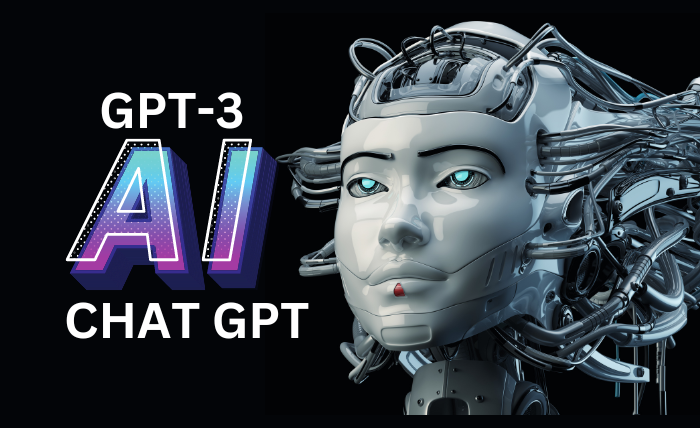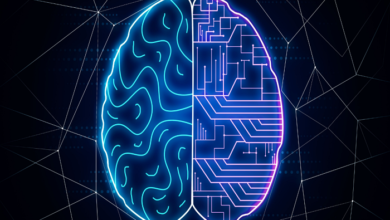
Exploring the Capabilities and Implications of GPT-3: The Next Frontier in Language Processing
GPT-3, or Generative Pre-Trained Transformer 3, is a state-of-the-art language model developed by OpenAI. It is the third iteration of the GPT series and boasts an unprecedented level of language understanding and generation capabilities. In this article, we will explore what makes GPT-3 unique, its potential applications, and some of the ethical considerations surrounding its use.
What Makes GPT-3 Unique?
One of the most striking features of GPT-3 is its sheer size. With 175 billion parameters, it is one of the largest language models to date, dwarfing its predecessor, GPT-2, which had 1.5 billion parameters. This large model size allows GPT-3 to understand and generate text at a level that is much closer to human-like than other models.
Another key feature of GPT-3 is its ability to perform a wide range of language tasks with very little fine-tuning. This is made possible by its pre-training on a massive amount of diverse text data, which enables it to understand and generate text in a variety of styles and formats. For example, GPT-3 can write poetry, news articles, code snippets, and even complete simple coding tasks, all without the need for task-specific fine-tuning.
Potential Applications
GPT-3’s ability to understand and generate text at a human-like level has the potential to revolutionize a wide range of industries. Here are a few examples:
- Content Creation: GPT-3 can be used to generate high-quality text in a variety of formats, such as news articles, blog posts, and even scripts for films and TV shows. This could help reduce the time and effort required for content creation, making it possible for businesses and individuals to produce more content in less time.
- Language Translation: GPT-3’s ability to understand and generate text in multiple languages could make it a powerful tool for machine translation. This could help break down language barriers and improve communication between people who speak different languages.
- Customer Service: GPT-3 can be used to create chatbots and virtual assistants that can understand and respond to customer queries in a human-like way. This could help improve the customer experience and reduce the need for human customer service representatives.
- Education: GPT-3’s ability to understand and generate text could make it a valuable tool for education. For example, it could be used to generate personalized study materials and provide instant feedback on students’ work.
Ethical Considerations
As with any powerful technology, GPT-3 also raises a number of ethical considerations. Here are a few examples:
- Bias: GPT-3 is trained on a massive amount of text data, which means it is likely to reflect the biases present in that data. This could lead to the unfair or inaccurate generation of text, particularly when it comes to sensitive topics such as race, gender, and sexuality.
- Misuse: GPT-3’s ability to generate human-like text could make it a powerful tool for disinformation and misinformation. For example, it could be used to create fake news articles or impersonate real people online.
- Job Loss: GPT-3’s ability to perform a wide range of language tasks could lead to job loss in industries that rely on human-generated text, such as journalism, content creation, and translation.
Conclusion
GPT-3 is a powerful language model that has the potential to revolutionize a wide range of industries. Its ability to understand and generate text at a human-like level is truly impressive, but it also raises a number of ethical considerations




